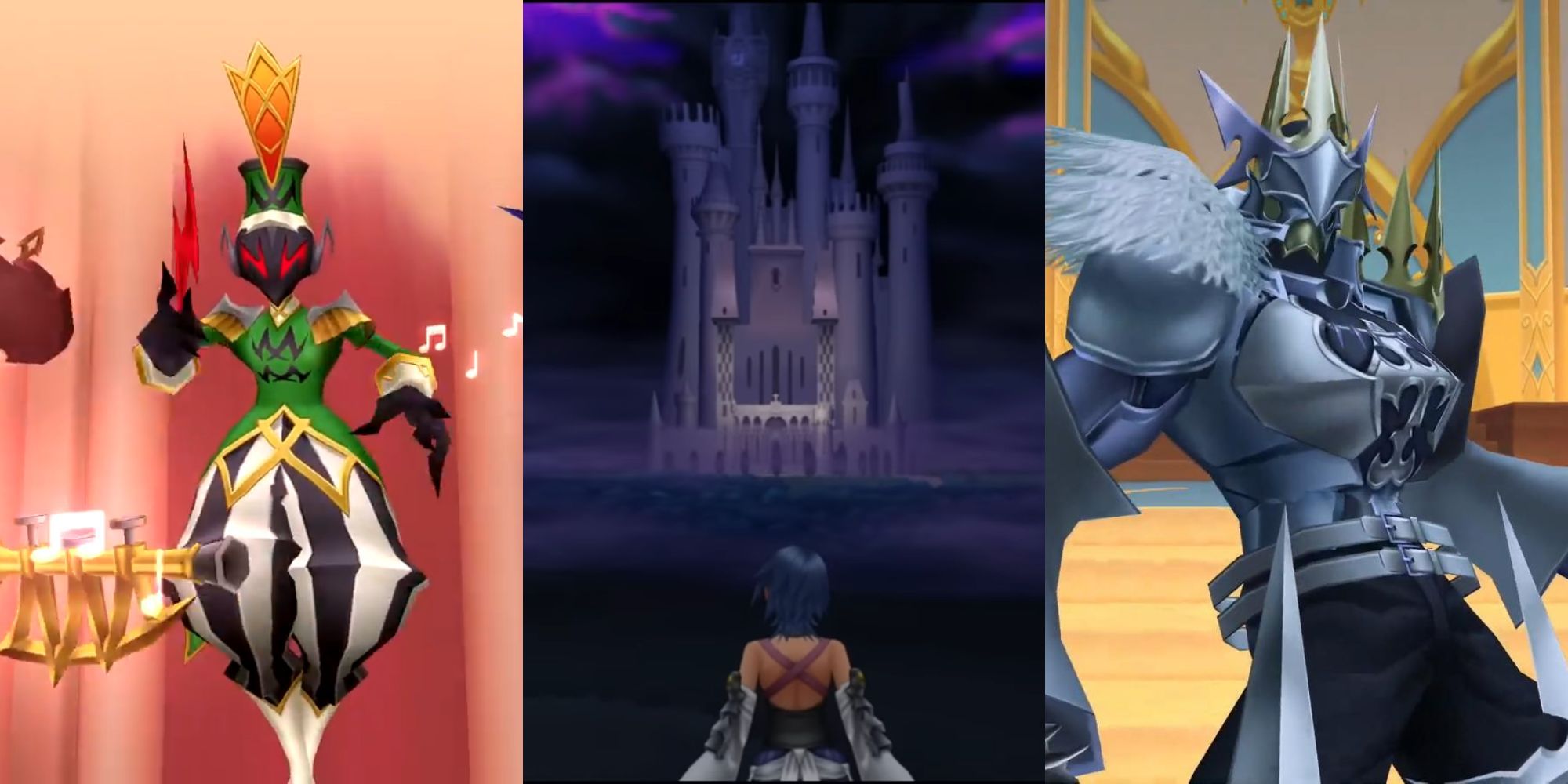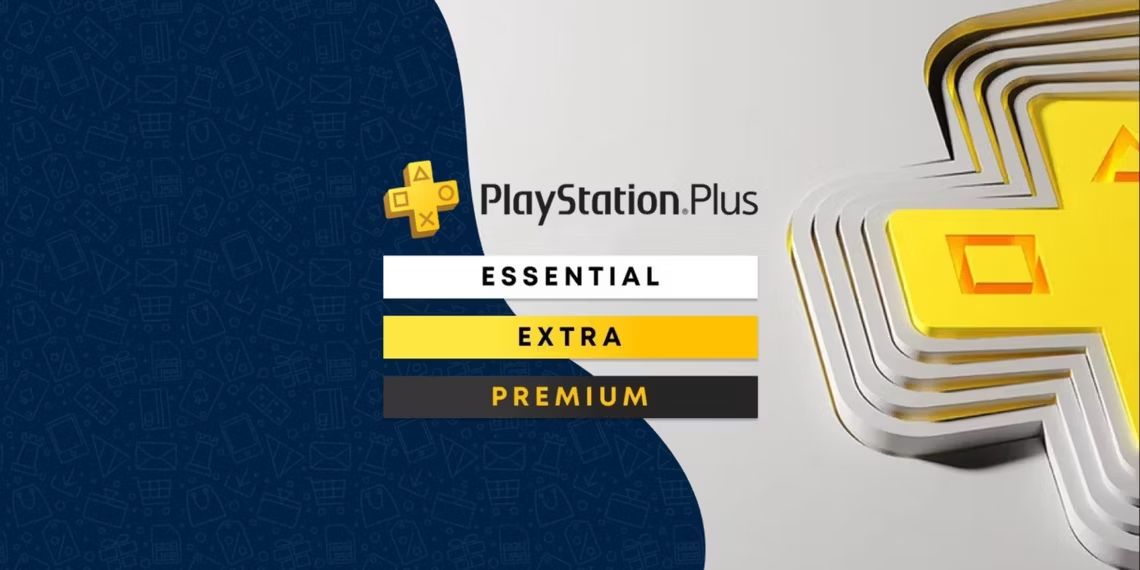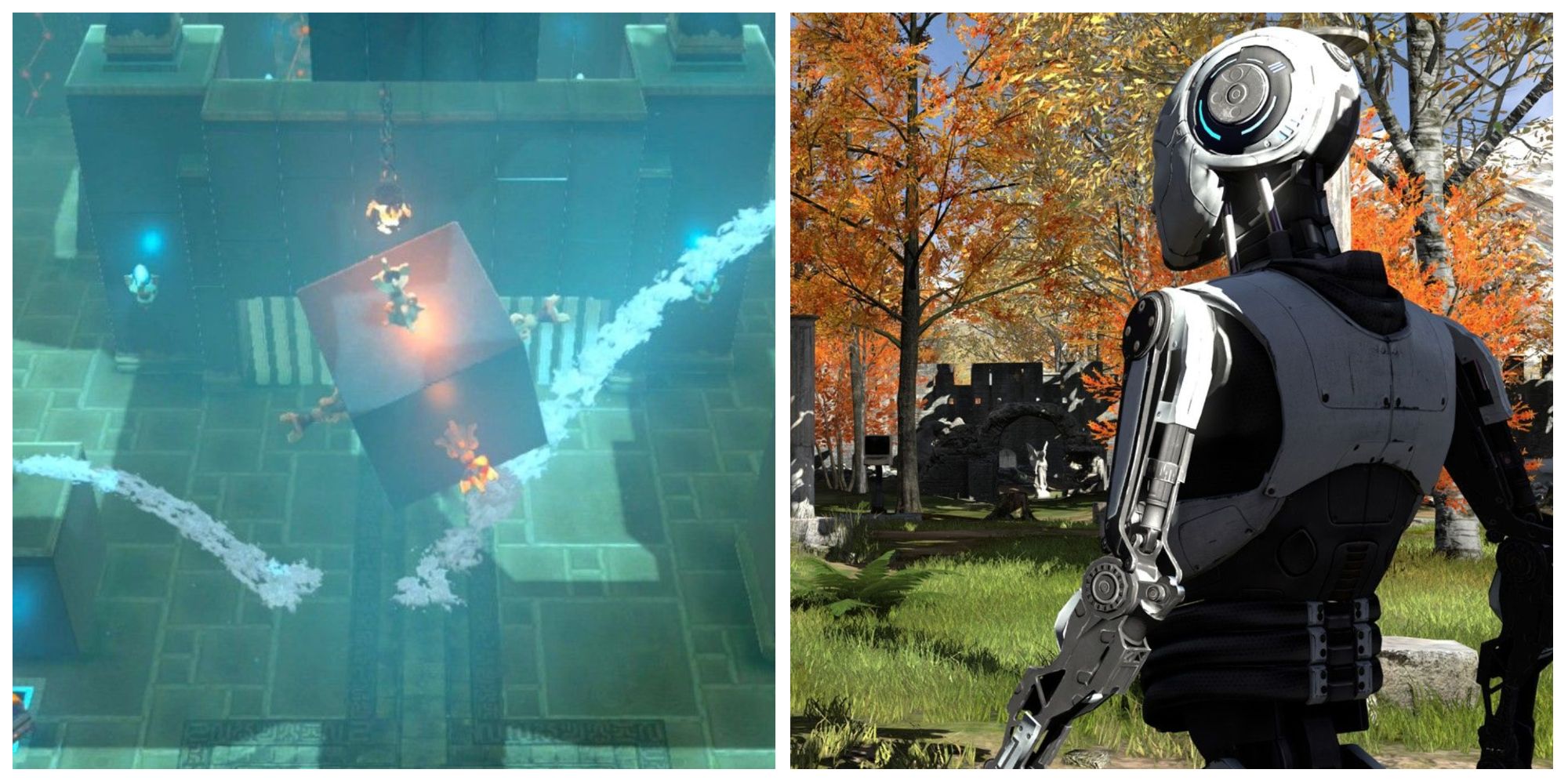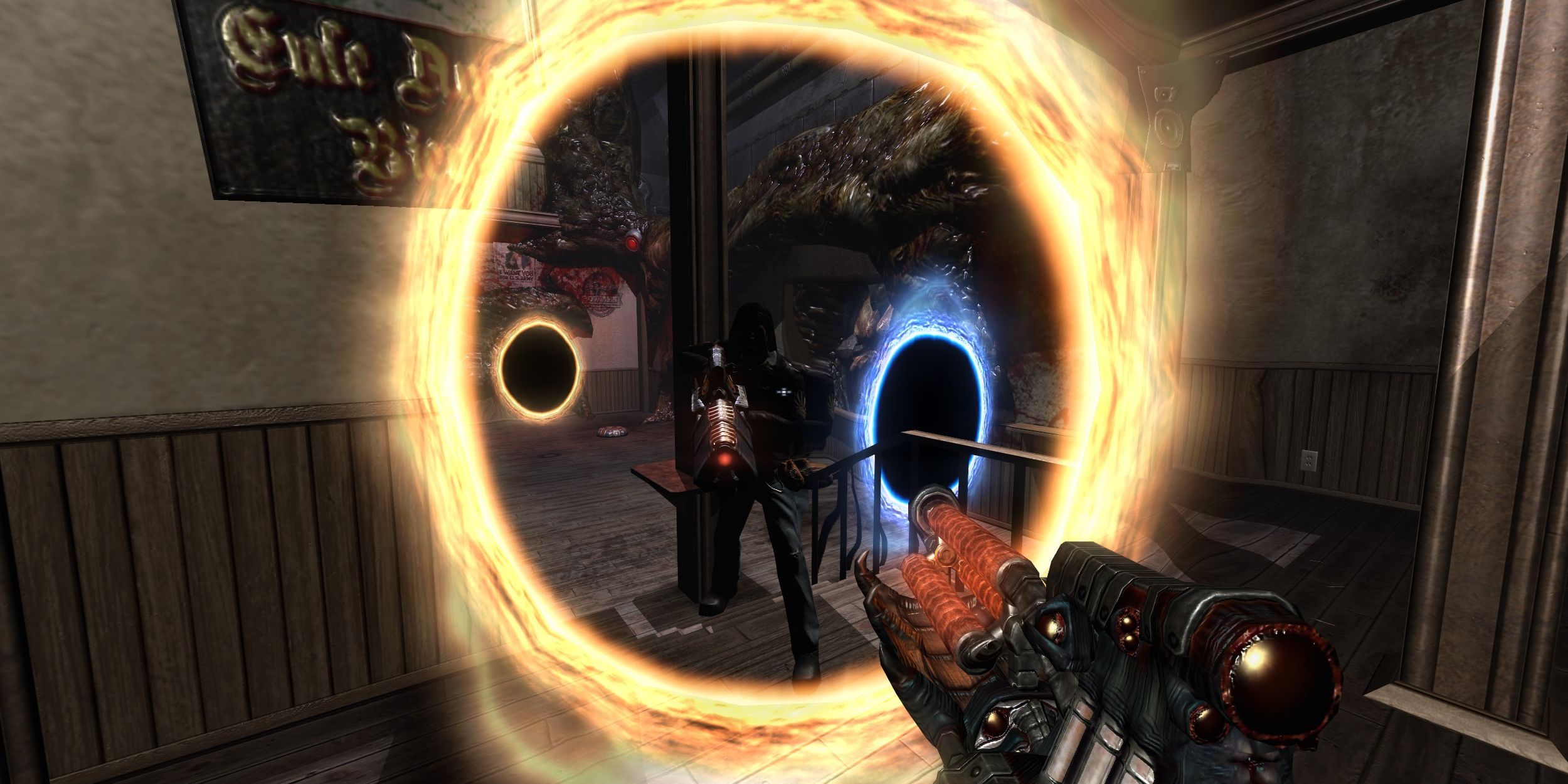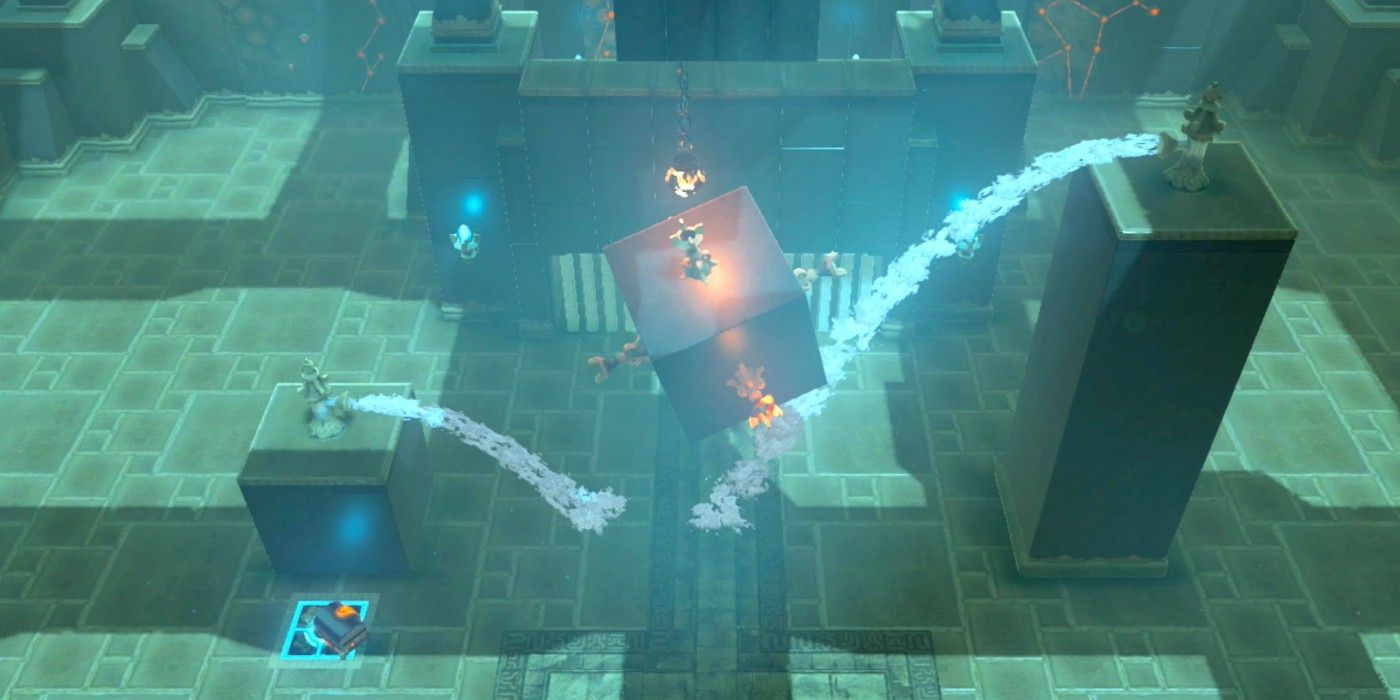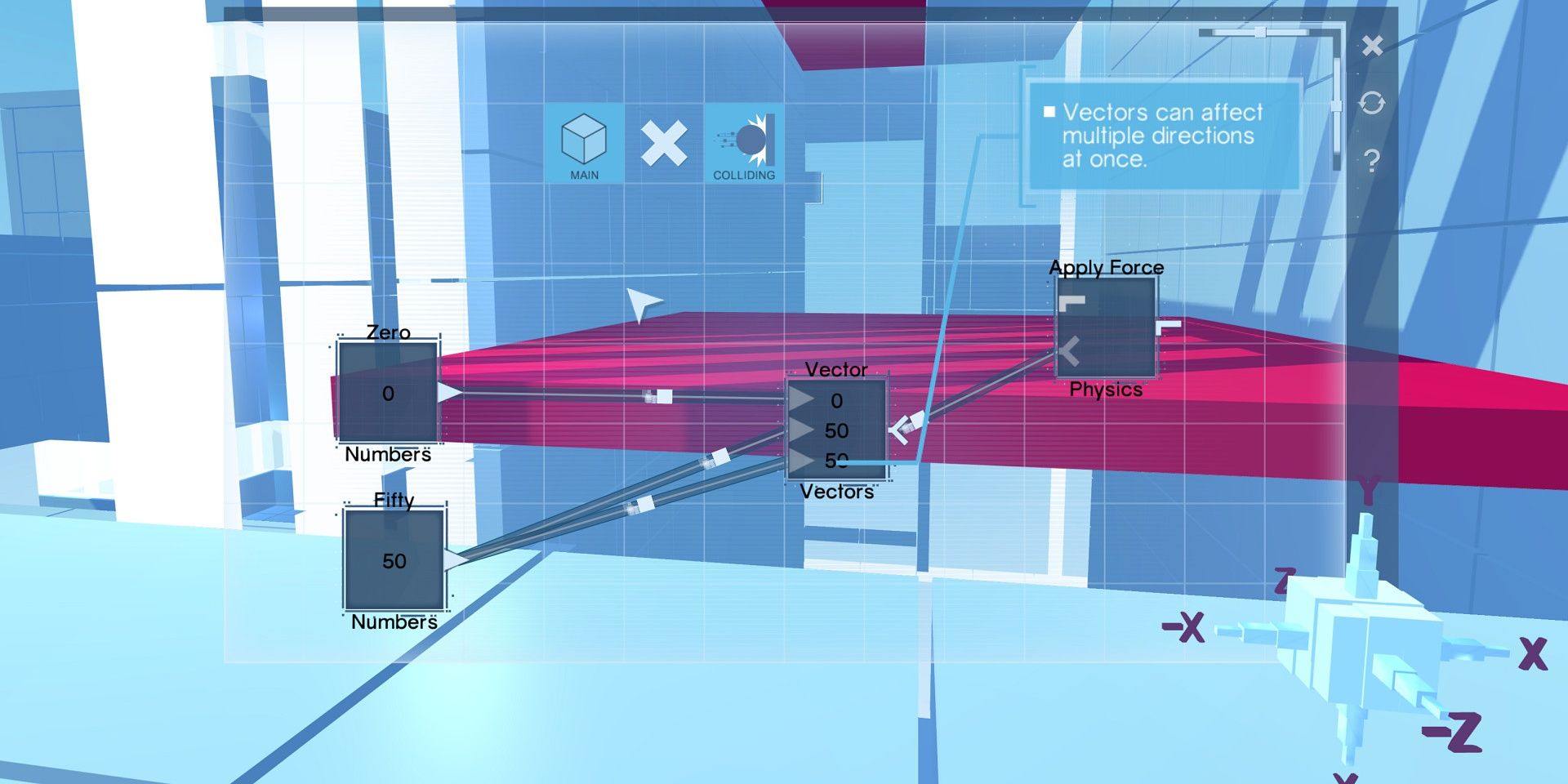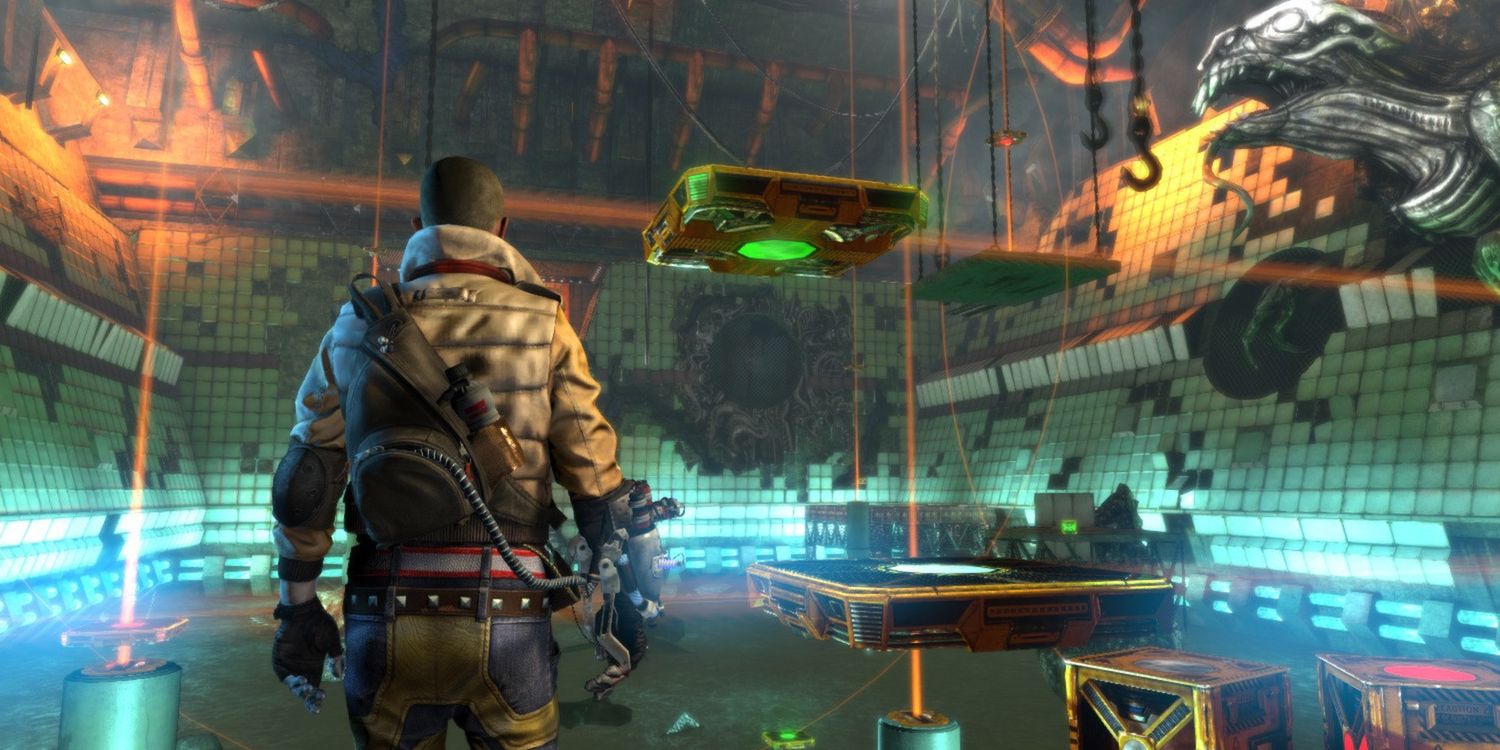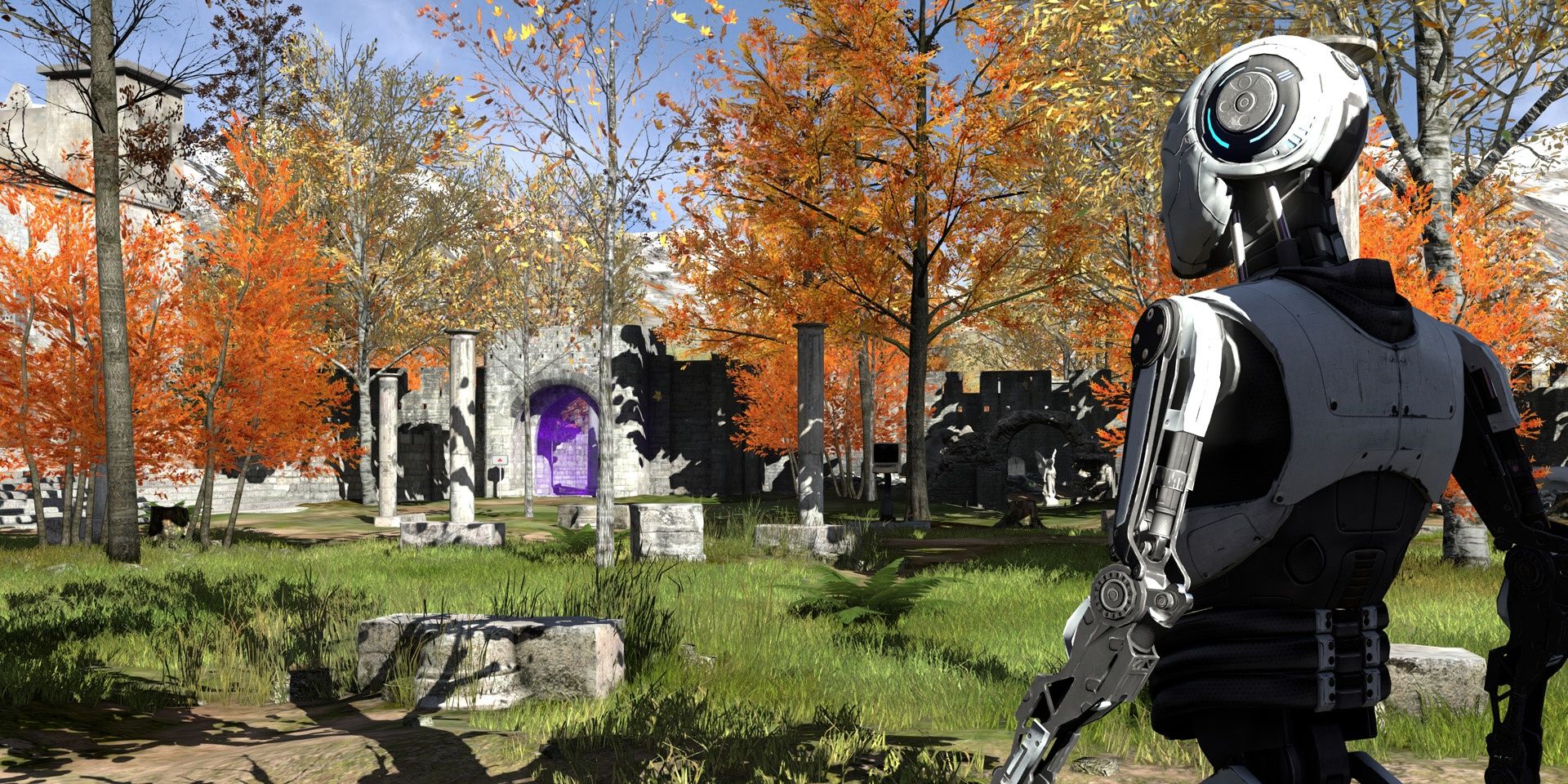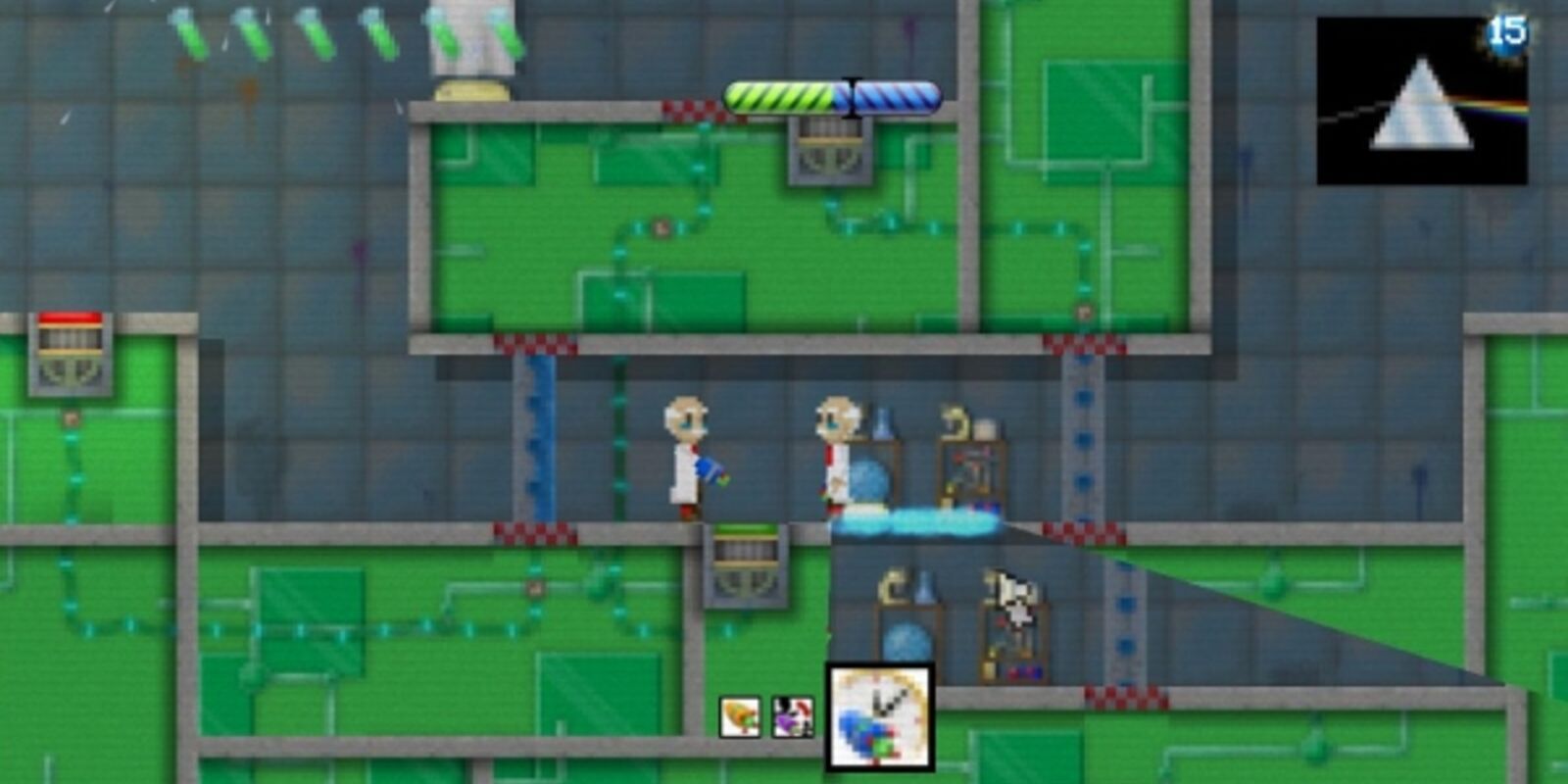What is the first game that comes to mind when someone mentions puzzle video games? Likely, the answer is Portal. Valve’s tale of a sarcastic robot leading players through a series of test chambers with the trusty Portal gun has become a classic of the genre. It has spawned a sequel, spinoff games, and full campaign mods. Also, the dialogue from the game, including the cryptic line “The cake is a lie” has become a part of the pop-culture Lexicon.
For every innovator, there are imitators. Portal has spawned its own breed of first-and-third-person adventures. Some stick fairly close to the formula, while others put their own spin on it. Here are just some examples.
6 Prey (2006) Thought With Portals Before Portal
Okay, this game is cheating just a little. It actually came out the year before Portal officially released. The game centers on Tommy, a Cherokee man who longs to leave the reservation he has called home. He gets his wish when an alien vessel abducts him, his grandfather, and his girlfriend, and then kill his grandfather. This brings Tommy into a fight for survival to rescue his girlfriend and escape.
One could not be blamed for thinking that Human Head Studios’ Prey, not to be confused with Arkane Studios’ unrelated game of the same title, looks very familiar. Tommy must navigate the craft using high-tech portals scattered throughout. There are even pathways that allow players to walk up walls and ceilings, making for some vertigo-inducing firefights.
5 The Sheikah of Breath of the Wild must know GLaDOS
The Sheikah are a race of beings in The Legend of Zelda: Breath of the Wild that existed at least 10,000 years before the events of the game. They created the advanced technology that Link and the champions would depend on to combat Calamity Ganon. They also created the over 100 shrines scattered throughout Hyrule.
These Shrines may have pulled a page out of GLaDOS’s playbook. Each one contains a unique set of challenges that require Link to use his Sheikah slate, his combat skills, and his wits. Some Shrines will require Link to create blocks of ice on waterfalls to use as platforms. Others will have Link placing spheres on a grid in a certain combination. The ones with the gyro controls, however, are just annoying.
4 In Glitchspace, The Solution Is Coding.
Glitchspace takes place in a world that looks like something out of Tron. Blocks and platforms will have to be manipulated in order to get to the doorway at the other end of each area.
The twist this game puts on the Portal-type structure is that elements in the game world must be manipulated by “programming” them with nodes in a specific sequence. Through these nodes, platforms may be used as elevators, bridges, or shields to block harmful data streams. They can also be configured to act as trampolines for bouncing across large chasms.
3 Magrunner: Dark Pulse Has Magnetism And. . . Cthulhu?
The Portal games are ultimately a tale of science run amok. A sadistic robot is torturing a human with dangerous theoretical physics tests that are more than likely fatal, all for the sake of science. Now add some Lovecraftian horror to that, and Magrunner: Dark Pulse is the result.
The central mechanic of this Portal-like is magnetism. Objects must be charged with like or unlike polarities to move platforms, raise elevators, or catapult across chasms. While the experiments are happening, something sinister is going on in the background that lets loose ravenous creatures from another dimension, as well as causes the game’s protagonist to have demonic visions. So, it’s just another day at the office.
2 The Talos Principle: Do Robots Dream Of Tetris Pieces?
Suppose Asimov and Valve had a baby. Well, that is what one would get with The Talos Principle. A lone robot awakes on a mysterious island, only with the voice of the mysterious Elohim guiding it as it explores the game’s worlds and puzzles. Throughout the robot’s journey, it will learn more about the mysteries of what came before through the terminals scattered on the island.
These challenges consist of navigating mazes to acquire pieces resembling Tetris blocks, required to open areas of the game’s world. These puzzles can be head-scratchers, as solving them requires lowering barriers and navigating around dangerous robots and turrets.
1 Gateways may be the first Portal-vania.
Take Portal and mix it with a side-scrolling Metroidvania, and that essentially creates Gateways. The game’s central protagonist must navigate challenges in his lab coordinated by a mysterious entity in order to discover who is behind the chaos.
In terms of gameplay, Gateways is a masterpiece. It requires critical thinking to solve each puzzle throughout the lab. As gameplay progresses, new gateway guns are discovered, each with their own abilities, enabling access to new parts of the lab. One gun creates portals that can enlarge or shrink the protagonist, and another creates a portal that sends the scientist back in time, in order to activate multiple switches simultaneously.

